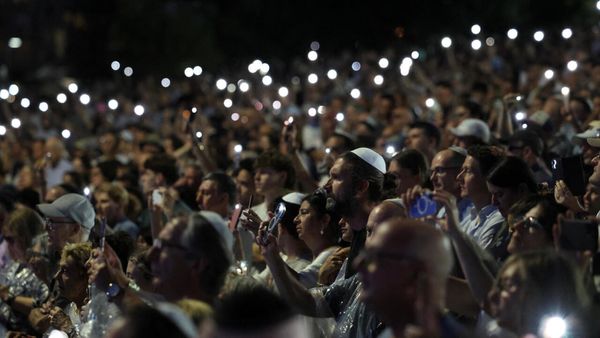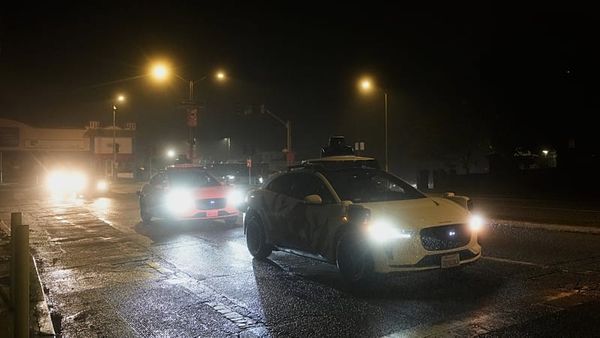Much rested on COP28 in Dubai, a milestone event slated to take up the first five-yearly global stocktake with respect to goals set under the Paris Agreement to combat the climate crisis. The global stocktake covers mitigation, adaptation, financing and other support to developing countries, for which a report of technical deliberations and a synthesis report had been prepared as inputs to the COP. Based on the global stocktake review at COP28, countries would be required to submit raised emissions reduction targets by mid-2025 for finalisation at COP30.
The global stocktake input reports conveyed what is already known from all major scientific studies, i.e., the window for restricting global heating to 1.5° C above pre-industrial levels is rapidly closing. Global average temperature rise is already dangerously close to that limit, having already touched it on many days this year. Severe heat waves, droughts, forest fires, floods and extreme rainfall are already being witnessed more frequently across the world, along with possible irreversible melting of polar and glacial ice and sea-level rise. The urgency to rein in greenhouse gas (GHG) emissions causing climate change was clearly top of the agenda in Dubai.
Focus on fossil fuels
From the outset, fossil fuels, responsible for around 75% of all greenhouse gases and about 90% of global carbon dioxide (CO2) emissions, took centre stage at COP28, astonishingly for the first time ever in climate COPs. Anxieties about the influence of the oil industry and supporting governments had already been swirling around, with the COP being held in the Gulf. The COP28 President, Sultan Al Jaber, a United Arab Emirates Minister and head of the Abu Dhabi National Oil Company (ADNOC), one of the world’s largest oil and gas producers, further set the cat among the pigeons by claiming in an interview that “there was no science” that called for cutting back on fossil fuels to tackle climate change. Journalists and activists had also noted that fossil fuel companies had been steadily increasing their presence at the COPs, often even as members of official country delegations, giving them access to the main negotiation rooms. Their numbers had shot up to 2,000 at Dubai, larger than any country’s delegation.
Editorial | Keeping it relevant: On the United Nations Conference of Parties meetings
On the positive side, all three successive global stocktake draft texts echoed the GST input findings that the 1.5°C target would require “deep, rapid and sustained” reduction in global emissions of 43% by 2030 and 60% by 2035 relative to 2019 levels, reaching net-zero CO2 by 2050, with global emissions expected to peak around 2020 or latest by 2025.
After the initial draft text drew mixed responses, especially over phase-down or out of fossil fuels, the second draft was circulated much later on the penultimate day, and evoked furious reactions. It gave only a bullet list of options that countries “could” take towards emissions cuts, including “reduction” of fossil-fuel production and use, and underplaying financial support from developed countries. Small island states called the text a death sentence, African countries said they would not leave without assurances on funding, and the European Union threatened to walk out saying the 1.5°C target could not be attained with such a text.
Inevitably, the COP was extended by a day and a fresh text was tabled in the morning of December 13. This draft sought to square the circle on fossil fuels by calling for “transitioning away” from fossil fuels, which several countries and observers suggested be read as signalling the end of the fossil fuel era. In the relief over this compromise, other serious lacunae were overlooked.
A draft with loose definitions
The final draft had many loopholes that could prolong production and use of fossil fuels, and favoured the industry as well as rich developed countries with advanced technologies. While calling for a phase-down of “unbated” coal power, the door was left open for “low-carbon fuels”, “low-emission” technologies, “low-carbon hydrogen”, and “transitional fuels,” (widely used in Europe and the United States to describe natural gas) — all terms with very loose definitions.
It also made special mention of carbon capture, utilisation and storage (CCUS) which has not achieved commercial viability and whose eventual emissions savings are unknown. On emission reductions and shift to clean energy, the draft also did not adequately refer to equity or common but differentiated responsibility (CBDR), possibly under pressure from the U.S. looking to treat all countries on a par.
This draft also did not take the issue of financial support by developed countries further, causing much anguish to climate vulnerable countries. The draft did express concern that the earlier commitment of $100 billion per year by 2020, however inadequate, had not been met. It repeated the global stocktake reports’ estimation that developing countries needed about $5.8-$5.9 trillion for the pre-2030 period, with adaptation alone requiring $215-$387 billion per year and clean energy transition requiring about $4.3 trillion per year, both until 2030. Yet, no fresh targets were mentioned in the draft, not even for the new Loss and Damage fund formally set up on the first day and gathering pledges for a meagre $470 million.
The closing plenary was called just a few hours after the final draft was published, giving country delegations little time for discussions. While delegates were milling about, the COP President quickly tabled the draft, noted that there were no objections, and gavelled it through!. On the live webcast, the delegates appeared stunned, then a ripple of applause grew slowly into the usual standing ovation. As often happens at fraught climate COPs, the relief at any closure, good or not, seems better than opposing an apparent consensus.
Disquiet
Yet, voices of disquiet were expressed post facto. The delegate from Samoa, representing the small island states, said that she and other island delegations were outside discussing the text when it was gavelled through in their absence, and went on to spell out a long list of their objections. Many more such voices followed — for example from Africa, chiefly criticising the lax attitude towards fossil fuels and the lack of financial support announced.
The COP28 Declaration has left almost all the problems where they were before. Other than recording a decision to “transition away” from fossil fuels, which countries were already doing in practice, and noting the broad global target for higher emissions reduction to achieve the 1.5°C goal, nothing much of substance has been gained at COP28. A road map towards new targets in 2025 was not drawn up. Financial assistance was not scaled up. The Global Goal on Adaptation was left half-baked. A number of other documents were not finalised or approved. On the other hand, the fossil fuel industry went back happy, as did the developed countries which successfully dealt yet another blow against inter-nation equity, and have again escaped putting serious funds on the table.
D. Raghunandan is with the Delhi Science Forum and the All India Peoples Science Network







